CDC announced that rubella was no longer endemic in the U.S.
On Mar. 21, 2005, the U.S. Centers for Disease Control and Prevention (CDC) announced that a major public…

On Mar. 21, 2005, the U.S. Centers for Disease Control and Prevention (CDC) announced that a major public…

On Mar. 16, 2005, University of California, Los Angeles (UCLA) officials announced the formation of the Institute for…
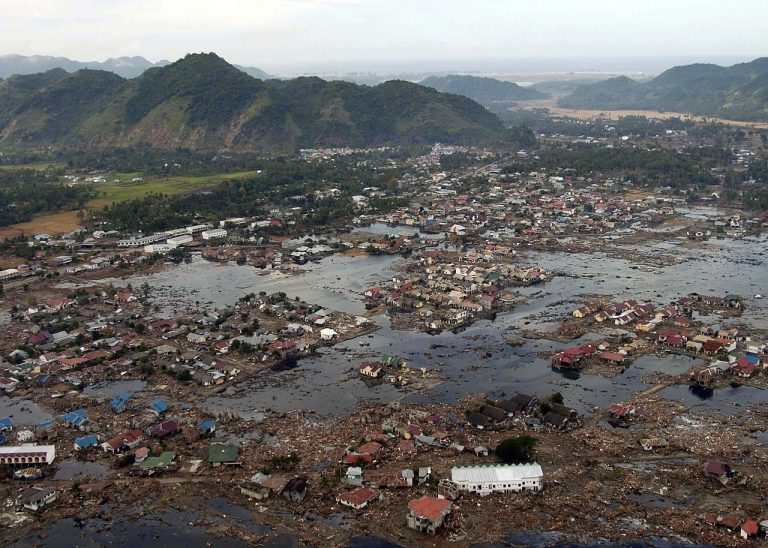
On Dec. 26, 2004, the U.S. Centers for Disease Control and Prevention (CDC) assisted with an earthquake measuring…
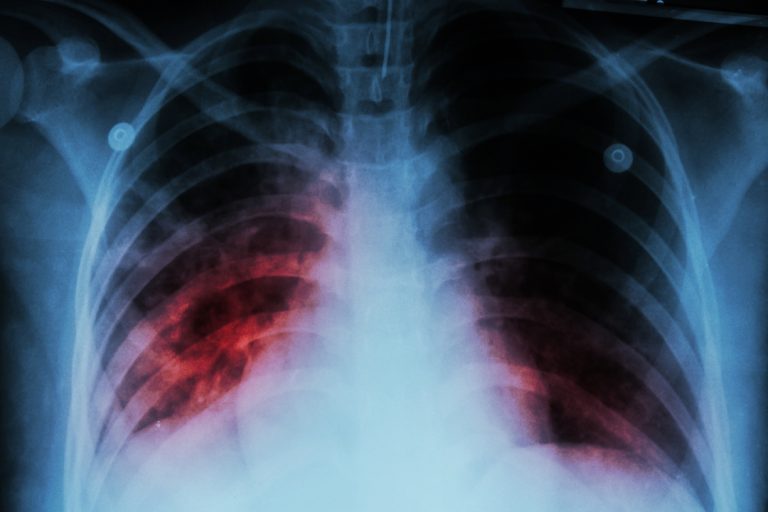
On Nov. 1, 2004, an Oregon Health & Science University (OHSU) research team announced that it was one…

On Sept. 14, 2004, researchers at OHSU and OHSU’s Vaccine and Gene Therapy Institute announced a collaboration with…
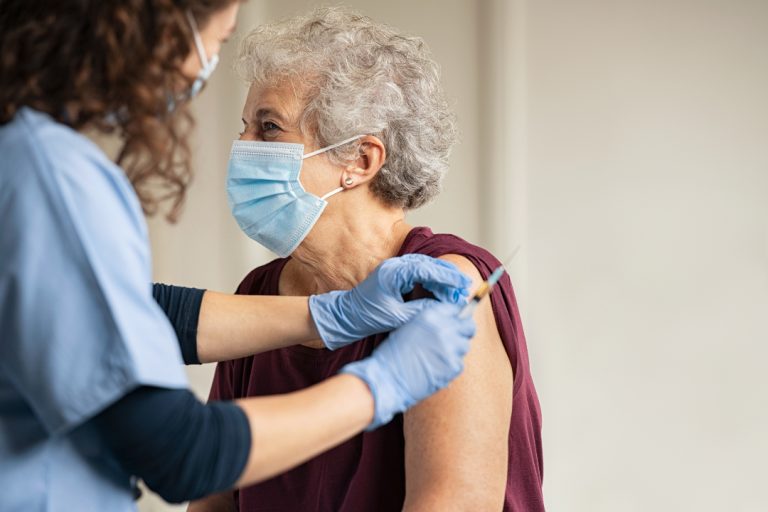
On Aug. 25, 2004, a significant shortage of influenza vaccine occurred in the U.S. as a result of…
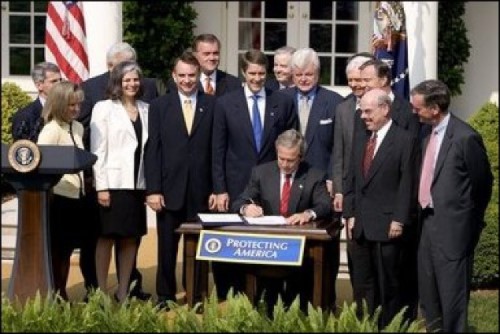
On Jul. 21, 2004, Project BioShield Act of 2004 was signed by President George W. Bush. The Act…
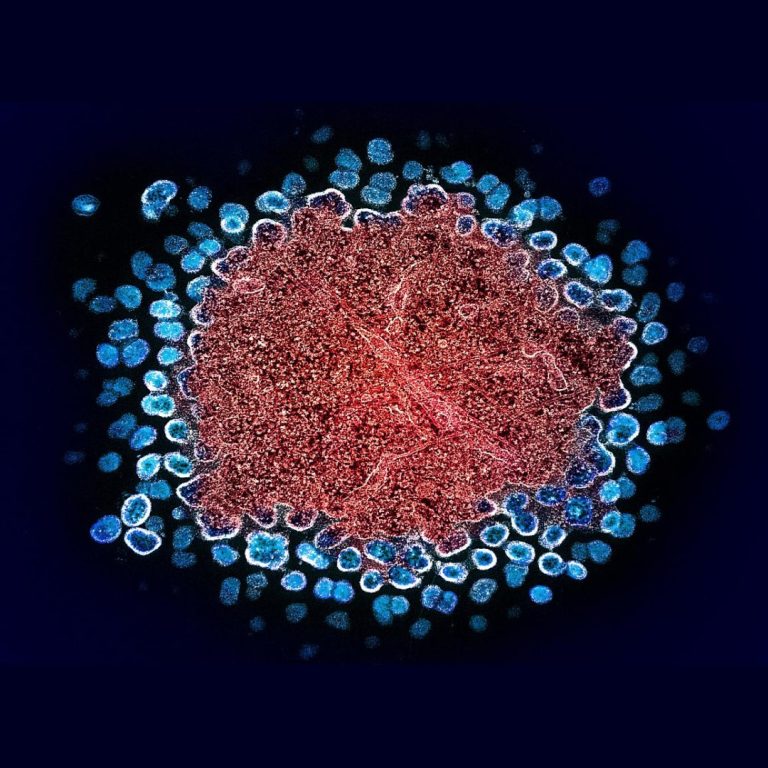
On May 25, 2004, researchers at the Vaccine and Gene Therapy Institute (VGTI) and the Oregon National Primate…
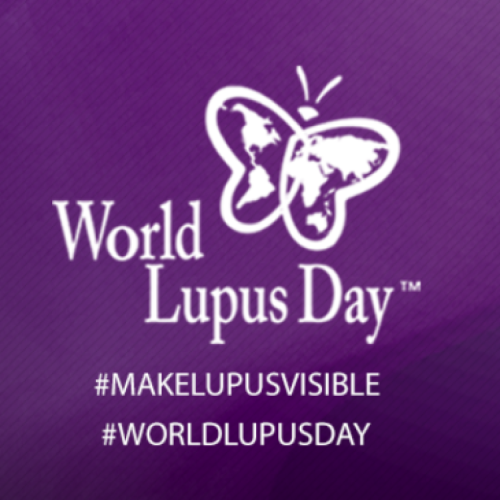
On May 10, 2004, an international call-to-action has been issued by more than one hundred lupus organizations based…

On Mar. 24, 2004, the U.S. Food and Drug Administration (FDA) licensed tetanus and diphtheria toxoids adsorbed for…
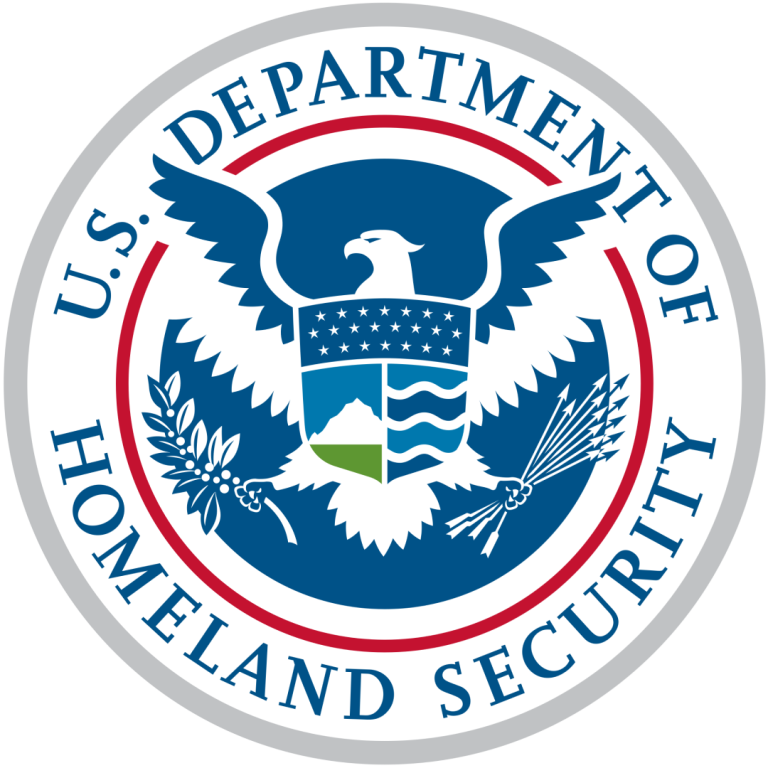
On Mar. 1, 2004, the National incident Management System (NIMS), developed by the Department of Homeland Security (DHS),…

In 2004, The Division of Global Migration and Quarantine, part of the CDC’s National Center for Infectious Diseases,…

On Oct. 16, 2003, scientists from the Oklahoma Medical Research Foundation (OMRF) and the University of Oklahoma Health…
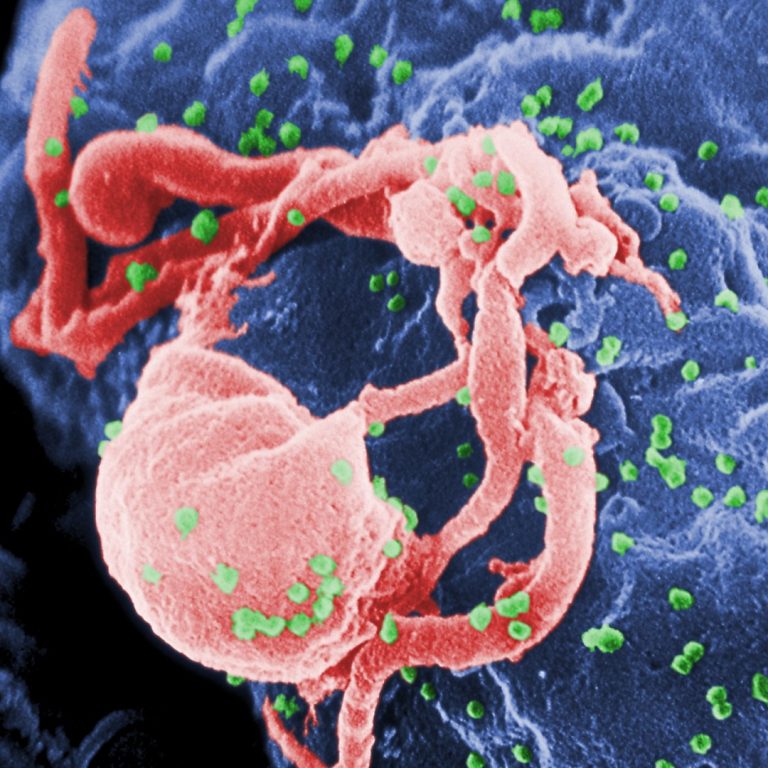
On Sept. 29, 2003, $81 million was awarded by National Institute of Allergy and Infectious Diseases (NIAID) through…
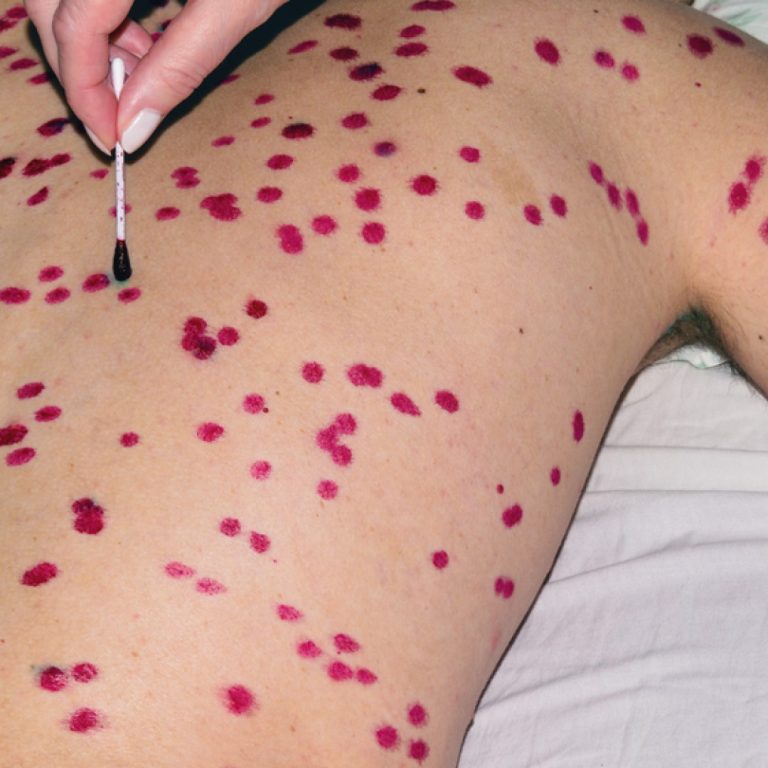
On Aug. 17, 2003, Oregon Health & Science University (OHSU) announced the final results of a smallpox vaccine…

On Jul. 8, 2003, the U.S. Centers for Disease Control and Prevention (CDC) responded to U.S. outbreak of…

On Apr. 14, 2003, researchers at Canada’s Michael Smith Genome Science Centre in Vancouver announced they had sequenced…
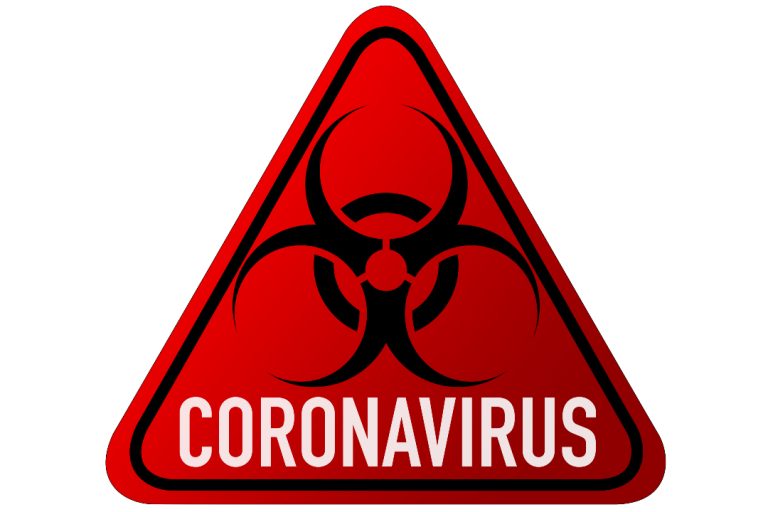
On Mar. 18, 2003, Severe Acute Respiratory Syndrome (SARS) was placed on U.S. quarantine list. Persons under quarantine…
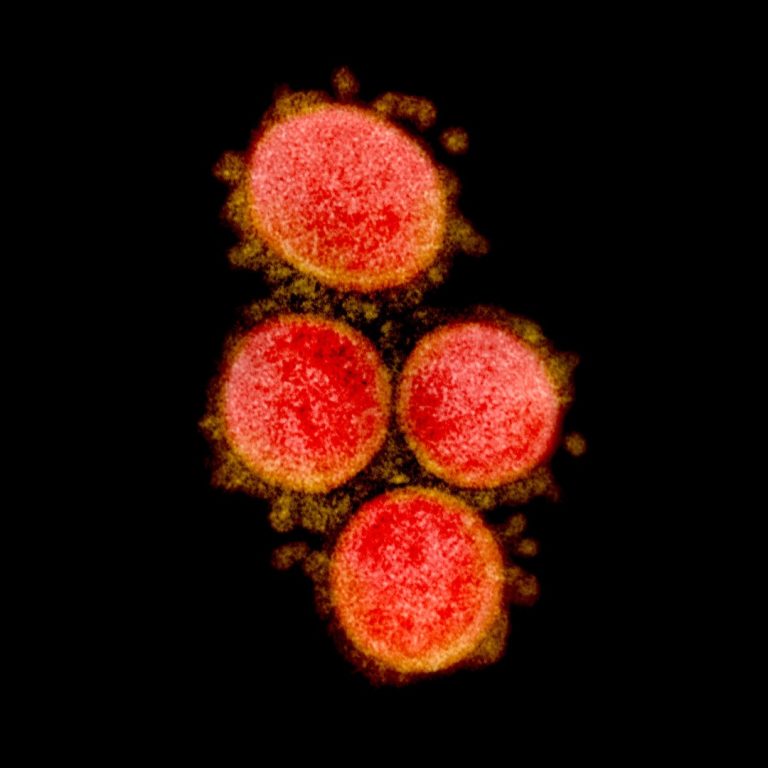
On Mar. 6, 2003, the Singapore Ministry of Health (MOH) and the World Health Organization (WHO), announced they…
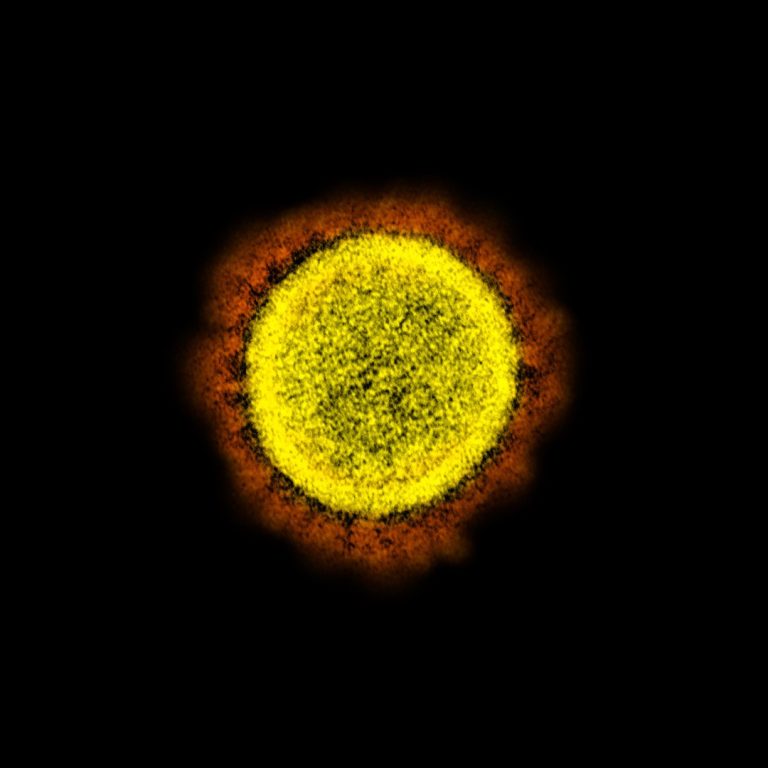
At t he end of February 2003, the World Health Organization (WHO) recognized Severe Acute Respiratory Syndrome (SARS)…
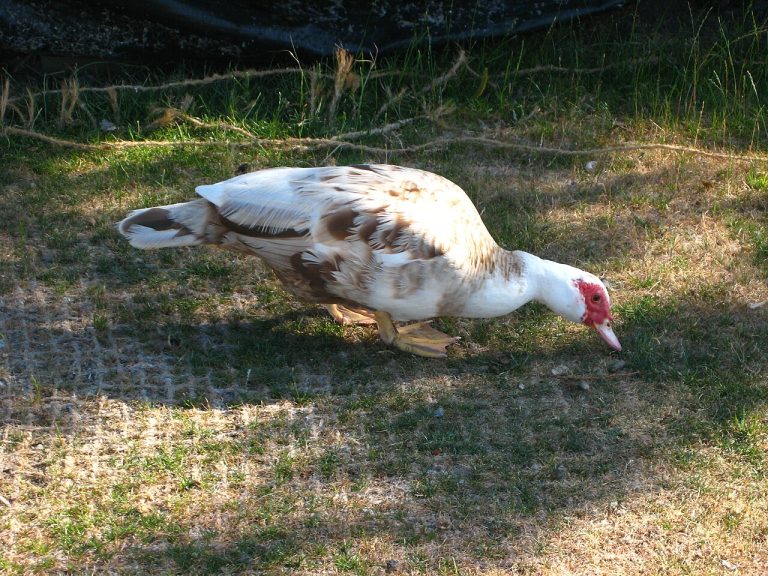
In 2003, public health officials reported the re-emergence of H5N1 avian influenza for the first time since an…
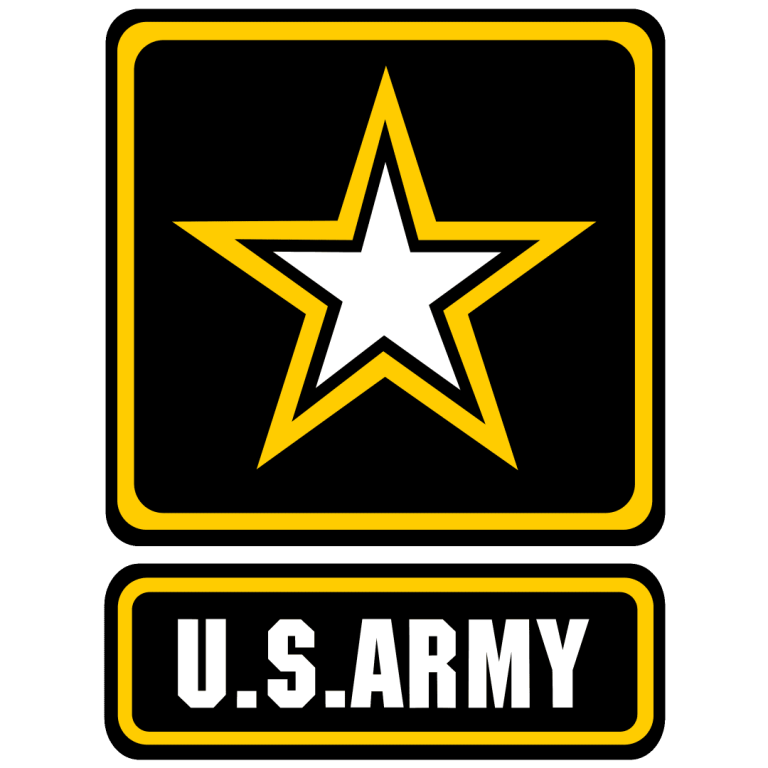
In 2003, The Institute for Collaborative Biotechnologies (ICB) was founded as an Army-sponsored University Affiliated Research Center (UARC)….

On Dec. 13, 2002, the U.S. Food and Drug Administration (FDA) announced it had licensed a combined diphtheria…
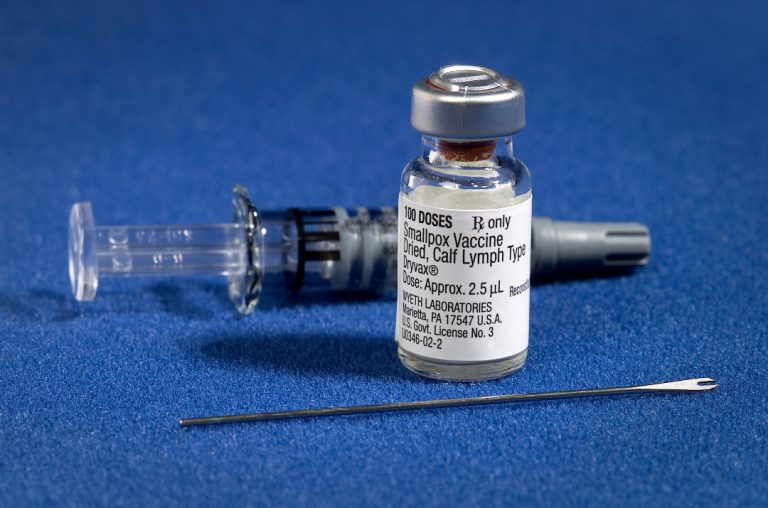
On Dec. 13, 2002, President Bush announced a major smallpox vaccination program to protect the nation against the…
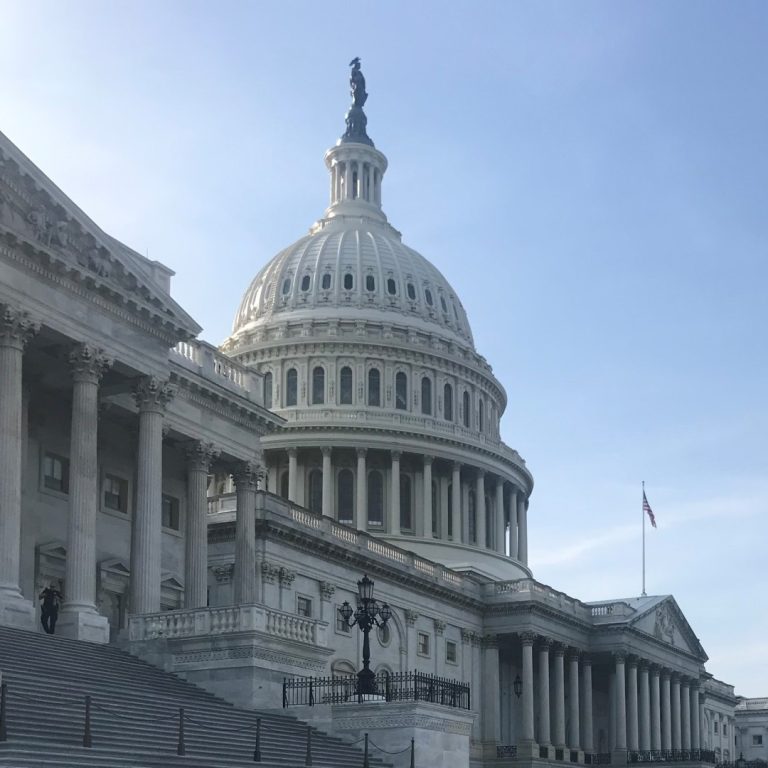
On Sept. 10, 2002, the Public Health Security and Bioterrorism Preparedness and Response Act (P.L. 107-188) was passed…
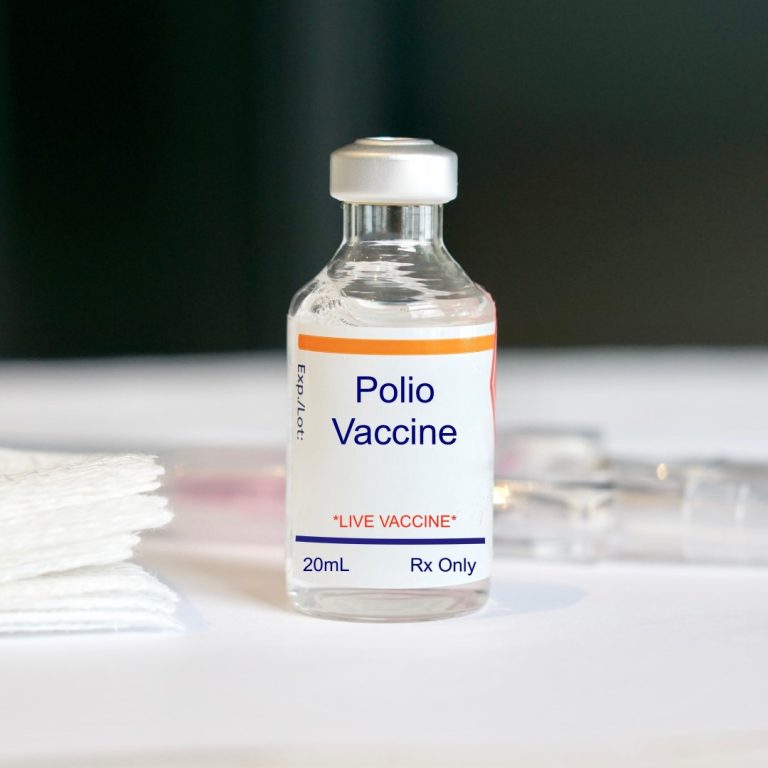
On Jun. 21, 2002, all 53 Member States in the World Health Organization (WHO) European Region were certified…
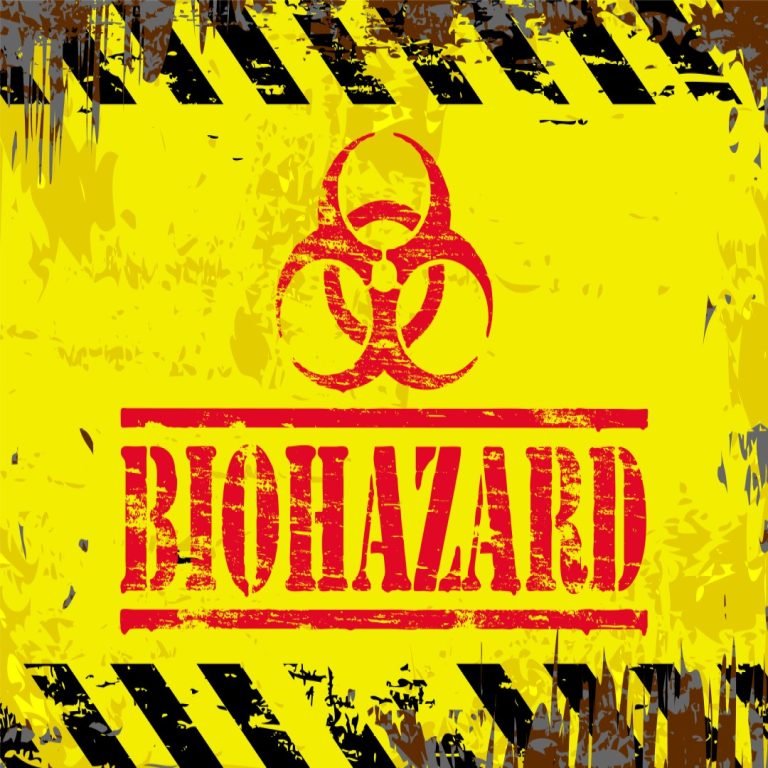
On Jun. 12, 2002, President George W. Bush signed the Public Health Security and Bioterrorism Preparedness and Response…
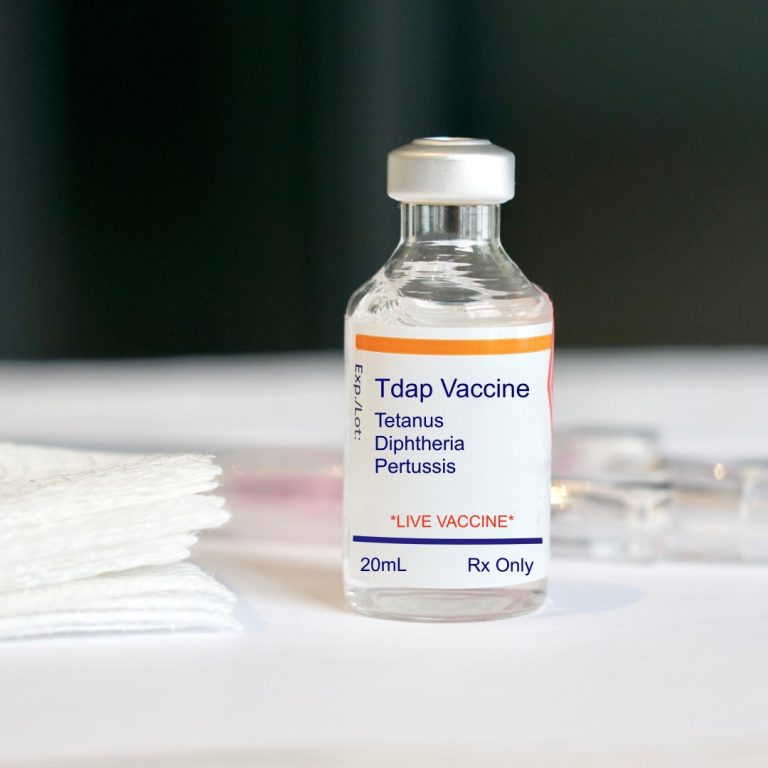
On May 14, 2002, the Food and Drug Administration (FDA) approved for use an additional combined diphtheria and…
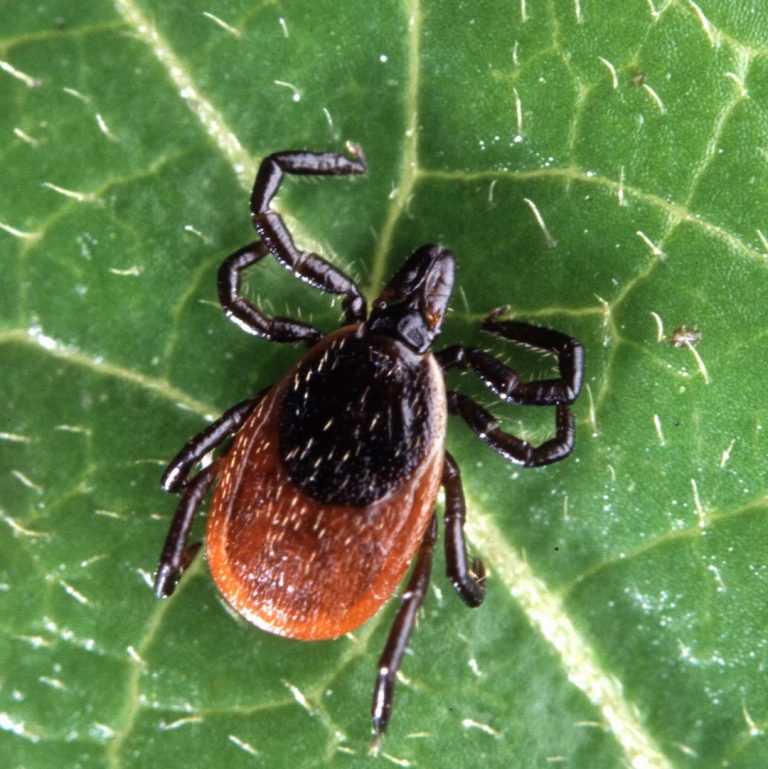
On Feb. 25, 2002, GlaxoSmithKline announced that the company would no longer manufacture or distribute its Lyme disease…

In 2002, the Rotary International launched a Polio Eradication Fundraising Campaign with a fundraising target of $80 million…